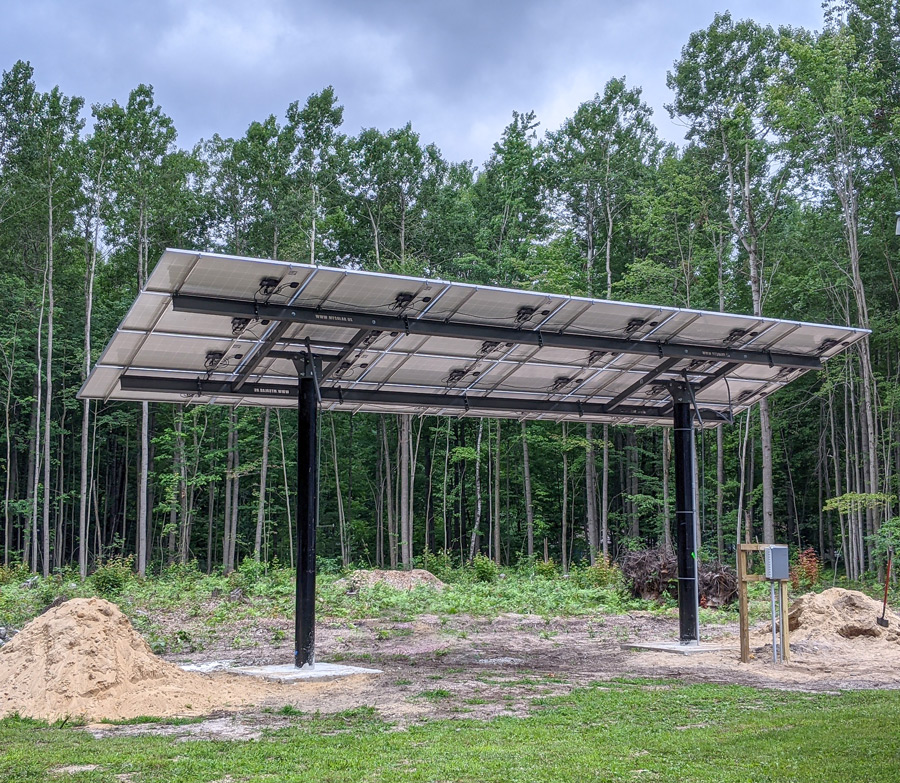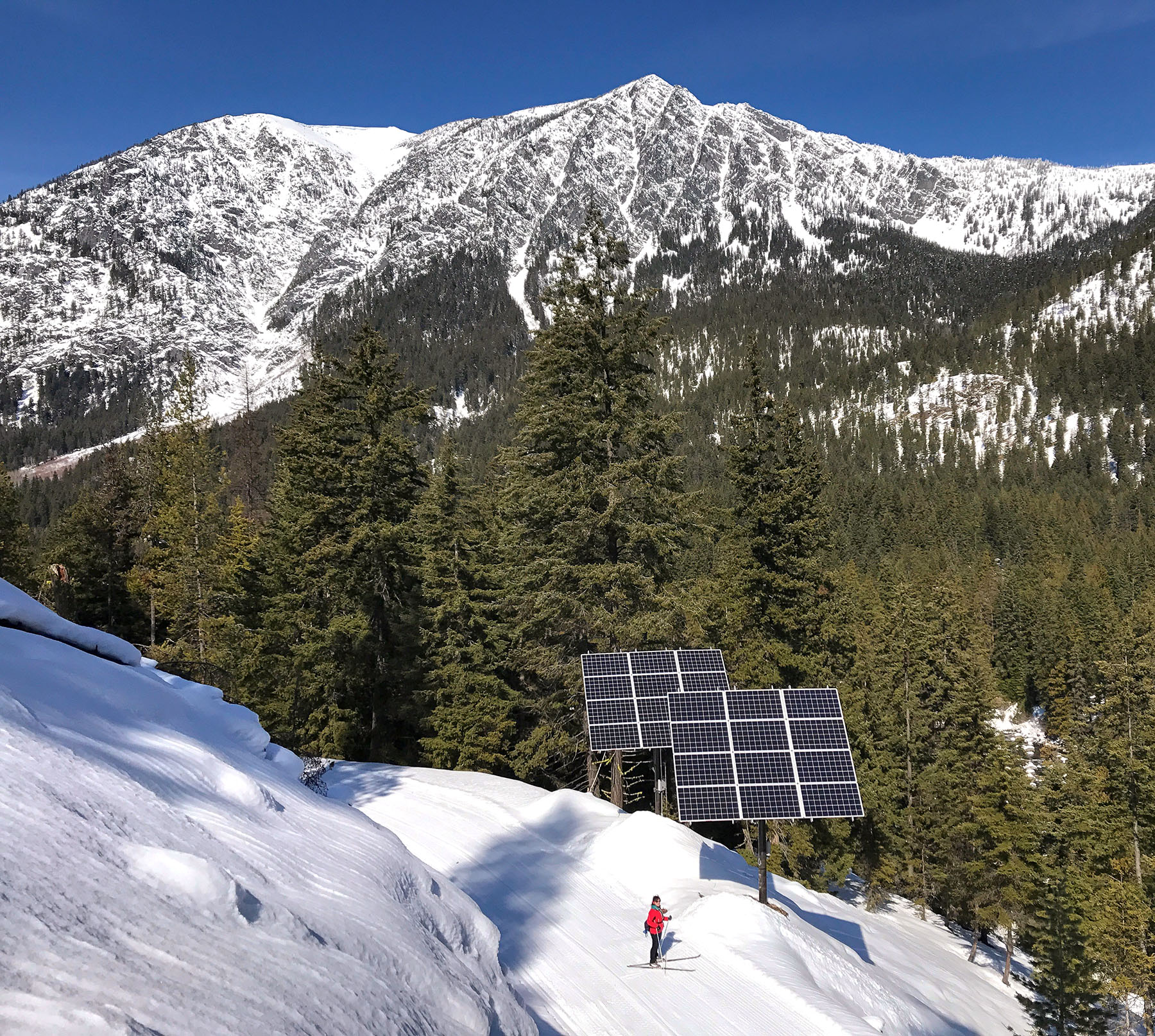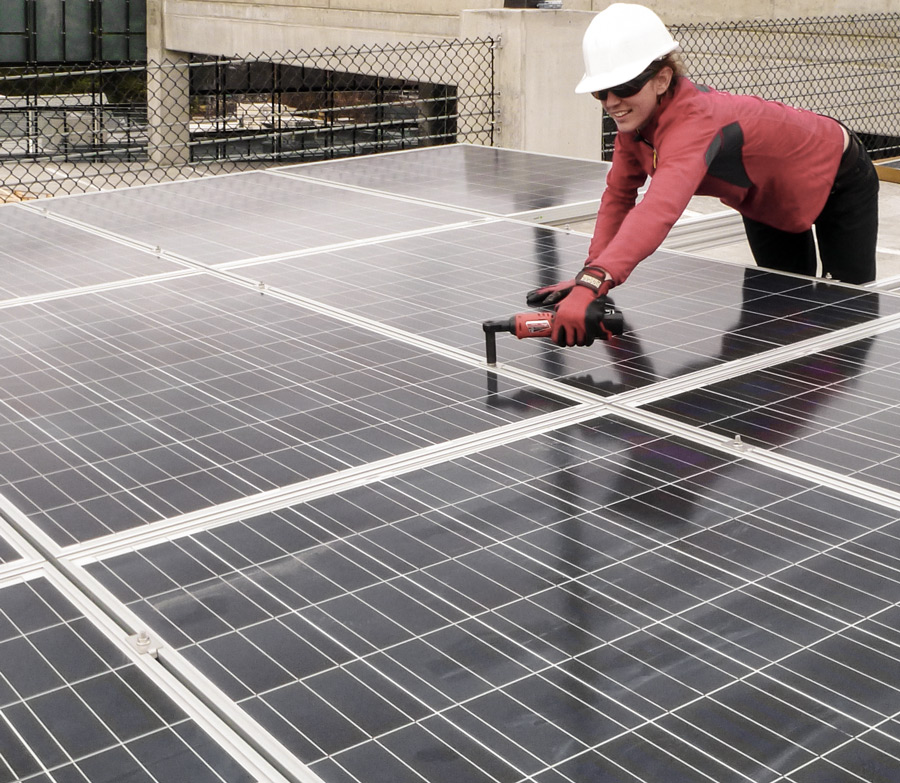Use Cases for Solar Pole Mounts
MT Solar mounts make sustainable, off-grid power accessible and reliable in applications that are conventionally challenging, expensive, or unfeasible for solar power.
An engineering-driven design process creates solar mounts that adapt to diverse settings and use requirements. The resulting solutions can bypass many obstacles to achieve more ambitious sustainability goals and introduce and enhance green energy generation in more places. Here are just a few examples of where and how MT Solar mounts are put to use.
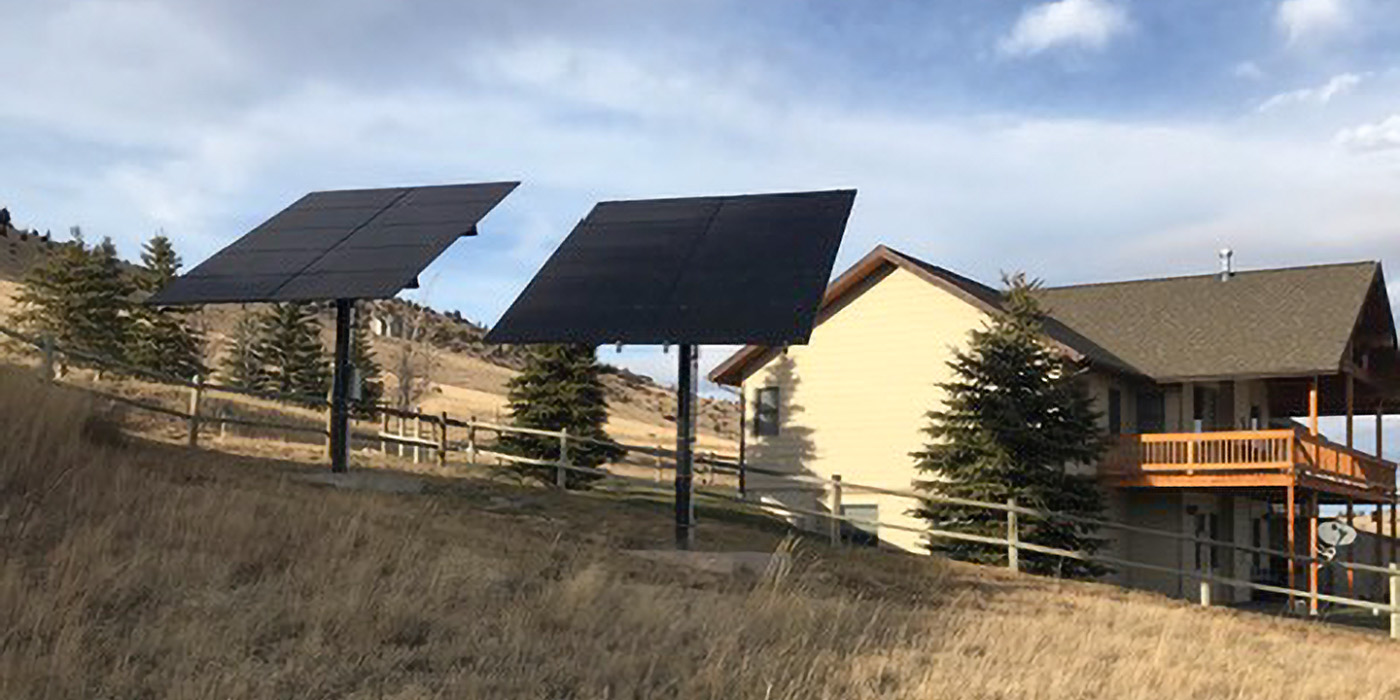
Residential Solar and Sustainable Power at Home
Ground-based solar is a versatile alternative to roof-based solar power. It can also be used to supplement an existing system. While roof-based racking is often limited to the slope, size, structure, and orientation of a roof, top-of-pole mounts allow for power generation potential that’s based on the size and configuration of the solar array. Unlike roof-based racking systems, the solar array can be adjusted to an optimal tilt for the season, thereby increasing output. And since the array is raised, the ground below can still be safely accessed for maintenance and use. MT Solar ground mounts can be designed to comply with municipal and HOA requirements.
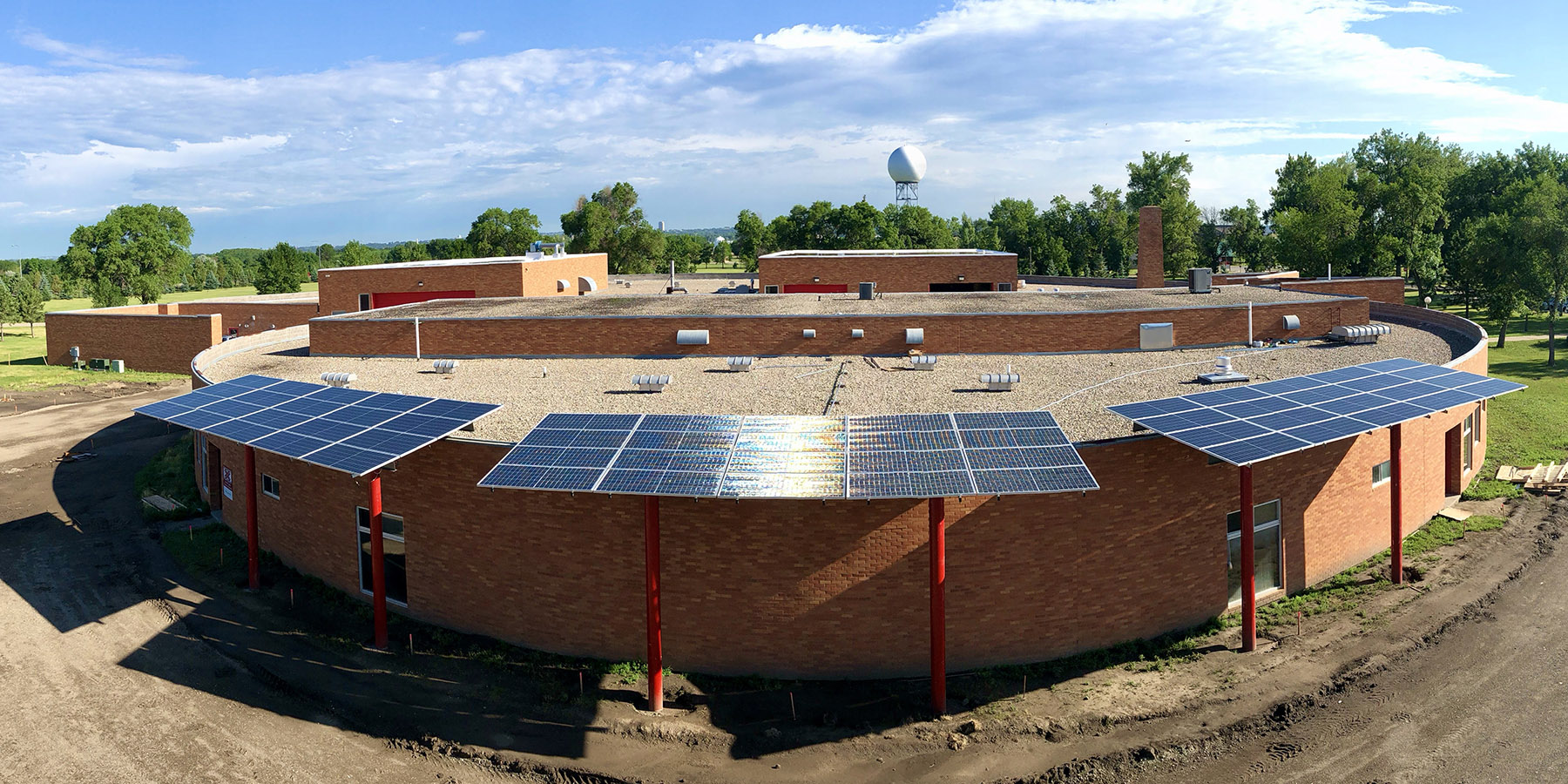
Business, Commercial, and Public Space Enhancement
Adding shade and cover to public spaces makes them safer and more comfortable. Solar mounts can be designed to cover parking lots and pathways, and function as awnings, canopies, and other shade structures to enhance commercial and public spaces while also generating power.
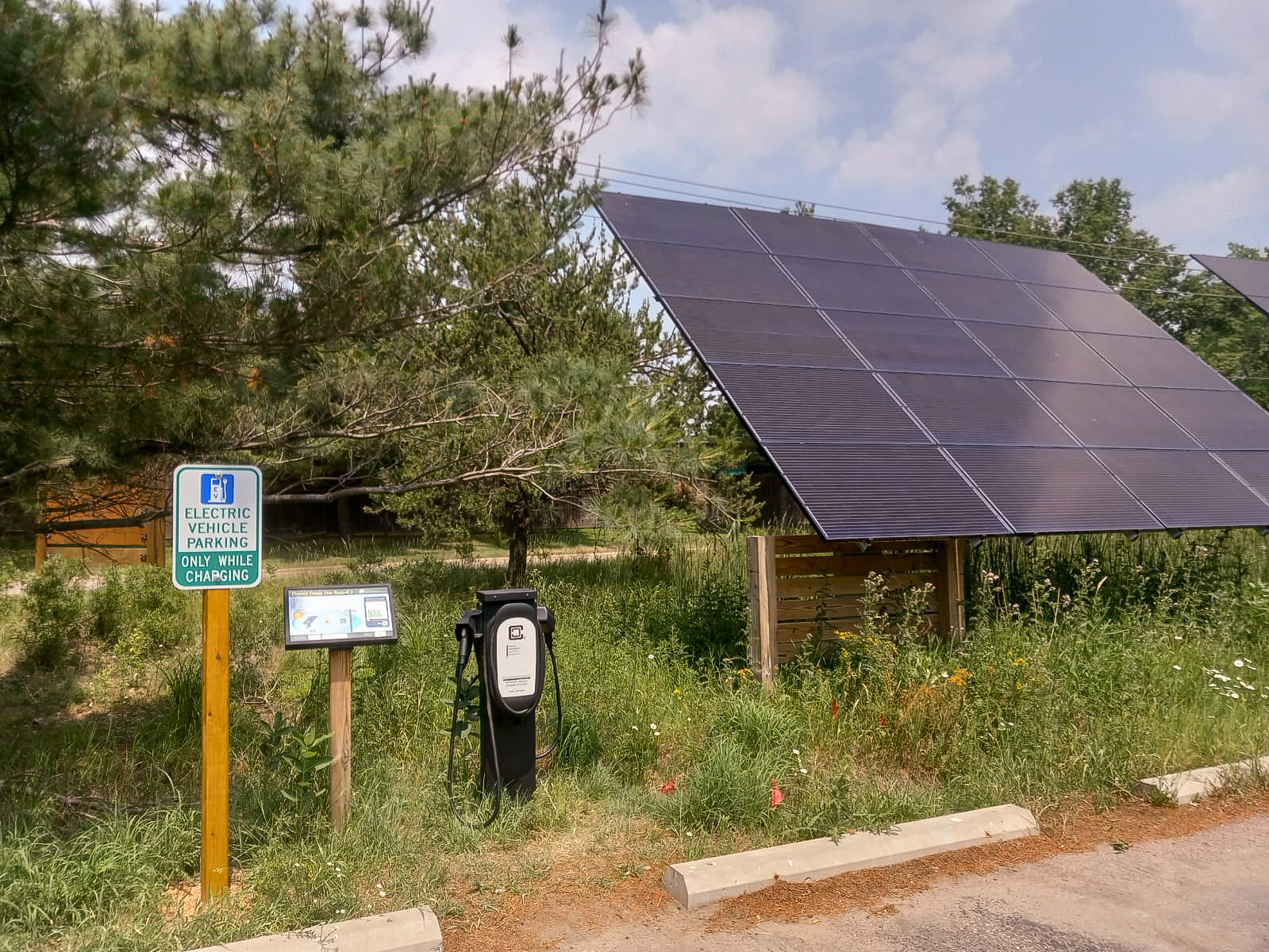
Community and Green Energy Projects
With scalable designs and an installation process that’s efficient, straightforward, and safe, MT Solar mounts have been successfully integrated into green energy and community power projects. They have also been used as experimental and proof-of-concept projects in sustainability studies.

Covered Parking and EV Charging Stations
Solar mounts are a substantial asset for electric vehicles and sustainable transportation infrastructure. They function as parking canopies that are also self-contained charging stations for public, commercial, and private properties.
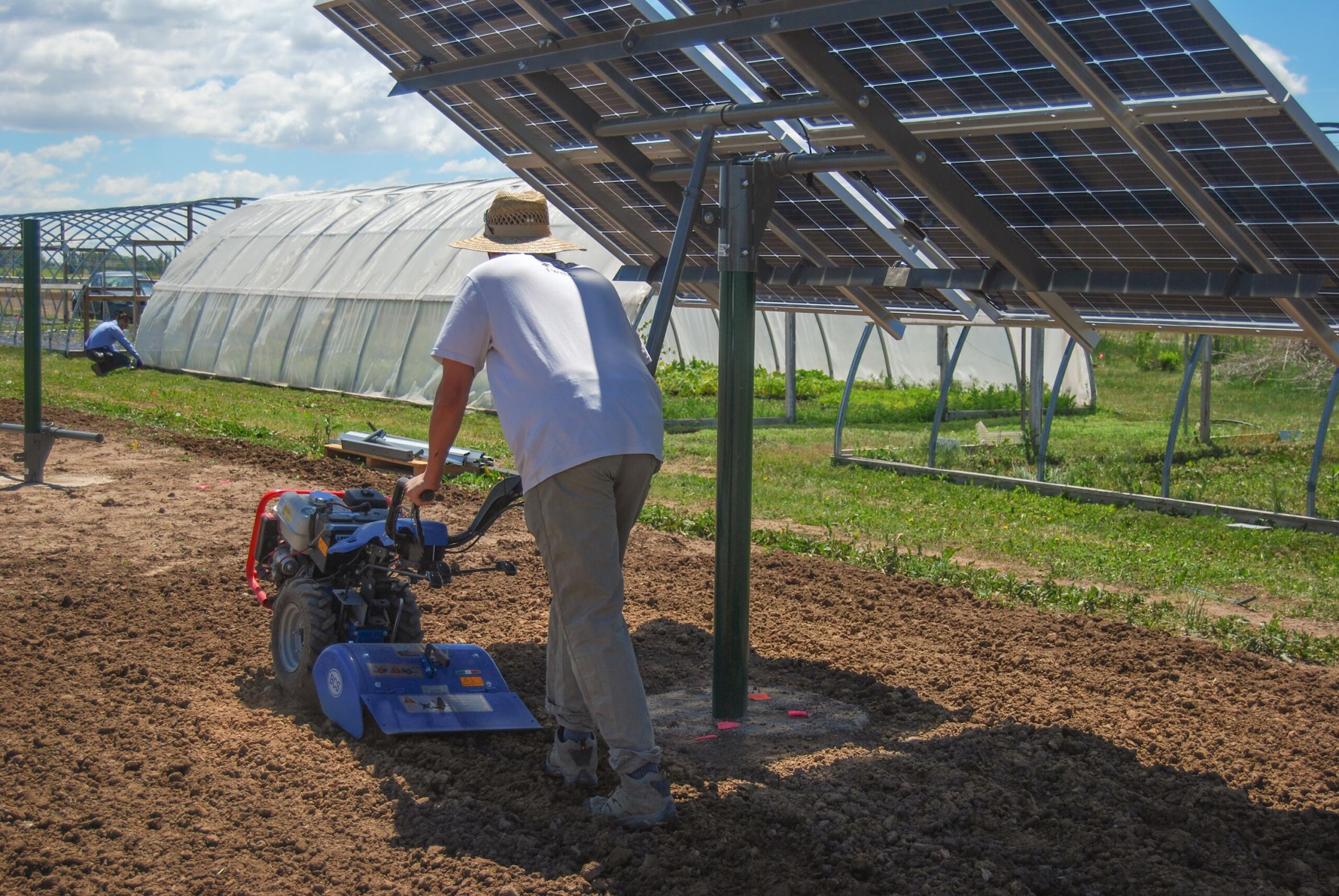
Agricultural Fields, Farms, and Grazing Spaces
With scalable designs and an installation process that’s efficient, straightforward, and safe, MT Solar mounts have been successfully integrated into green energy and community power projects. They have also been used as experimental and proof-of-concept projects in sustainability studies.
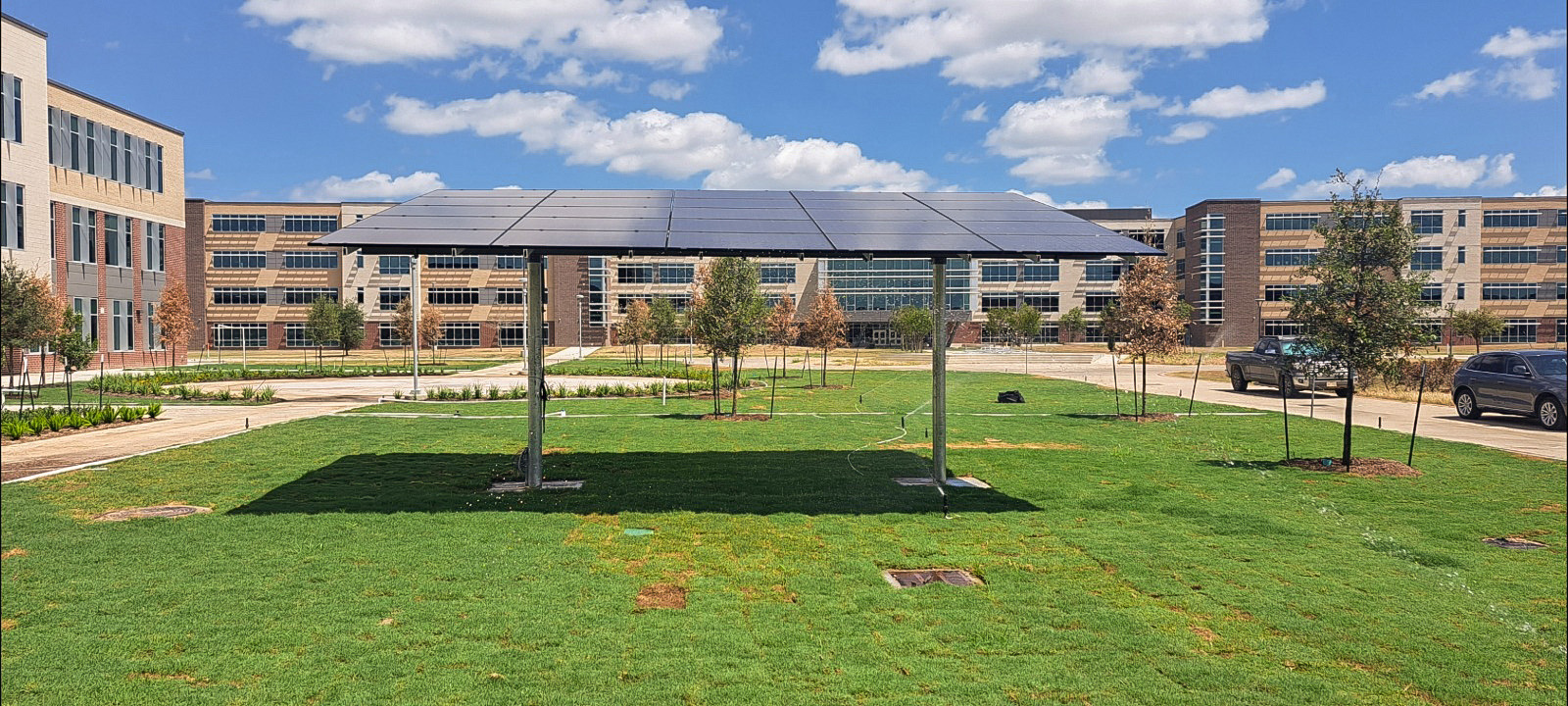
Urban Power Generation and Sustainability in Developed Areas
In densely developed and urban areas, solar mounts can work with existing infrastructure. In cities, solar mounts can be mounted to flat roofs and concrete structures, incorporated into parking areas, and used to enhance commercial and public spaces by adding shade and shelter, while adding power generation resources. Because arrays can be raised, solar mounts can be installed at heights that eliminate the need for fences, barriers, and other measures that ensure safety and prevent vandalism.
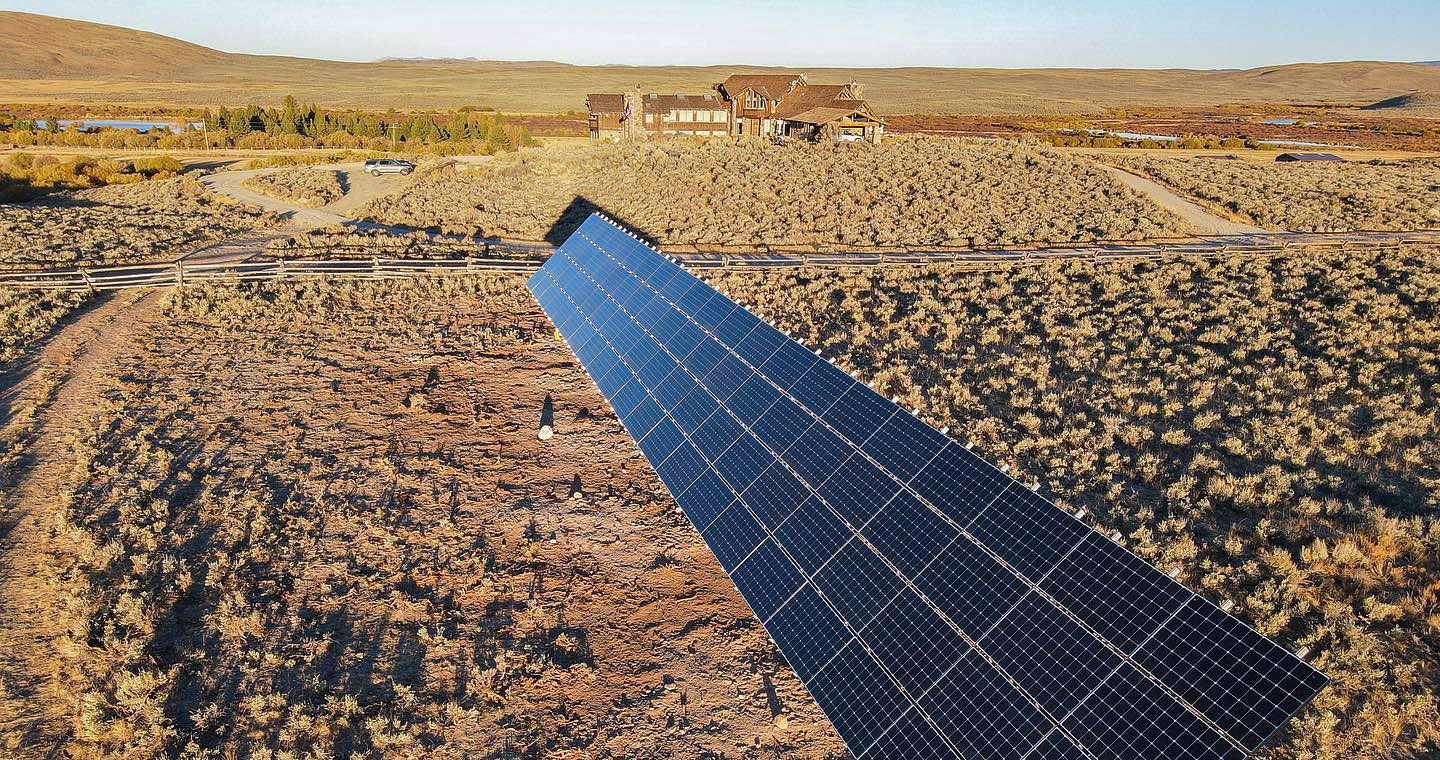
Modern and Upscale Off-Grid Living in Remote and Rugged Areas
Solar mounts can be configured for high output that will support modern amenities. They can function as part of a robust off-grid, self-contained power resource. This makes it possible to add more comforts and luxuries to properties that are far from conventional power resources, including remote cabins, cottages, lake houses, and lodges.
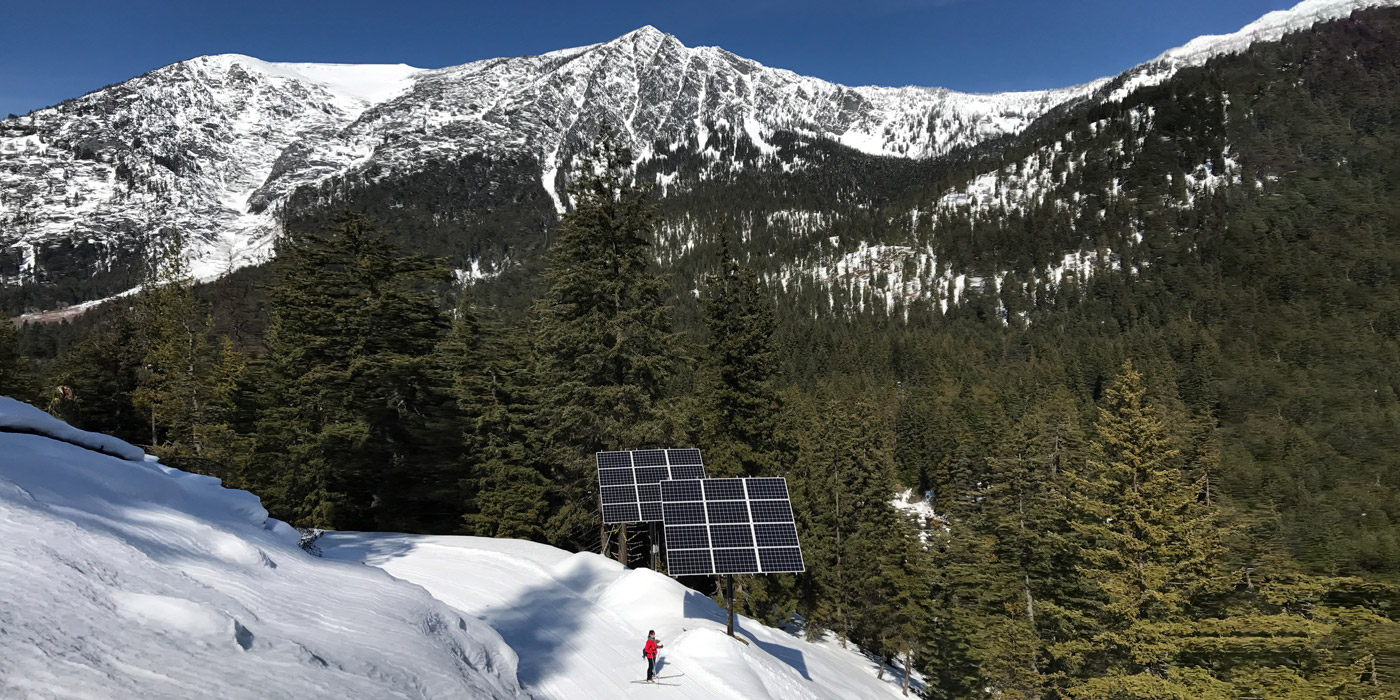
On Sloped, Sandy, and Challenging Terrain and Flood-Prone, Snowy Regions
Solar mounts are supported by steel poles, which are embedded in a compact but sturdy concrete foundation. Unlike other types of ground-based solar racking, they can be securely mounted in terrain that poses structural challenges, including hillsides and sloped ground, sandy soil, flood-prone areas, and regions with high snow accumulation.
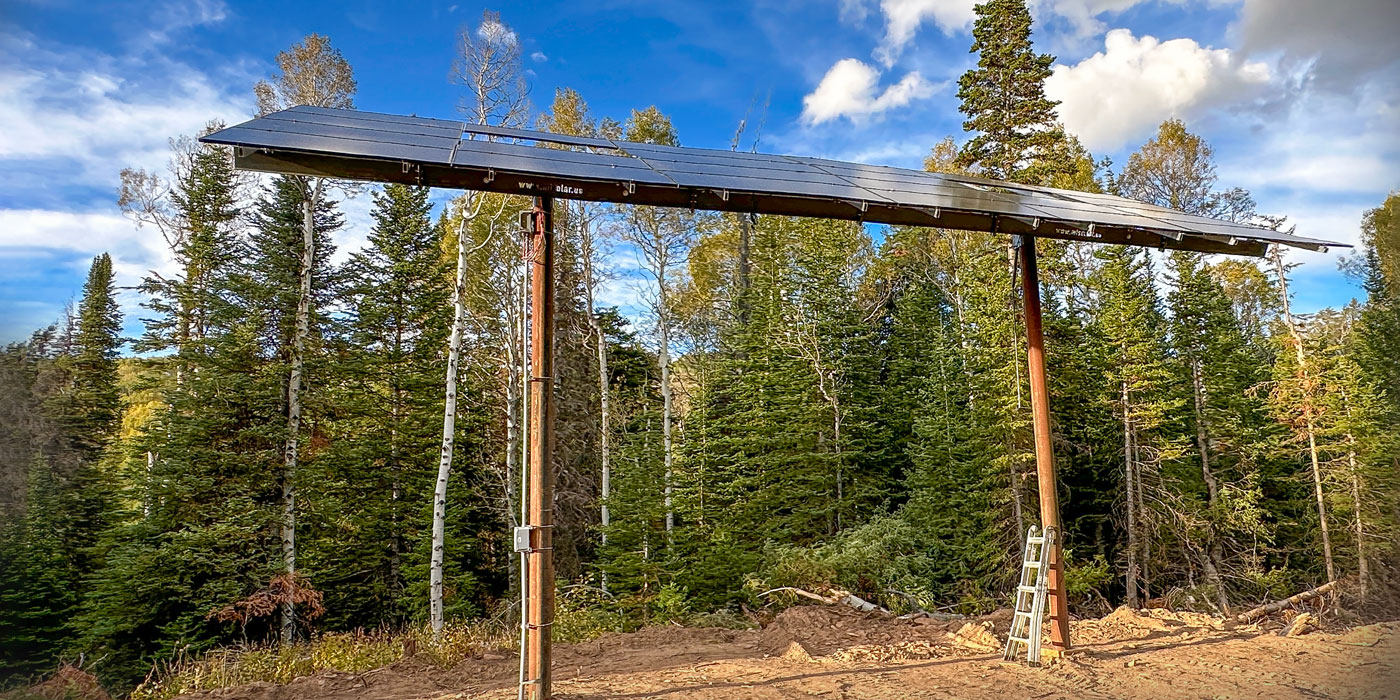
In Shady and Heavily Forested Areas
Top-of-pole solar can be mounted above shadows cast by natural structures. Mounts can be designed so that solar arrays are positioned to receive adequate sun exposure. Instead of cutting multiple trees or modifying the landscape for power generation, solar mounts can be adapted to the natural features of the property.
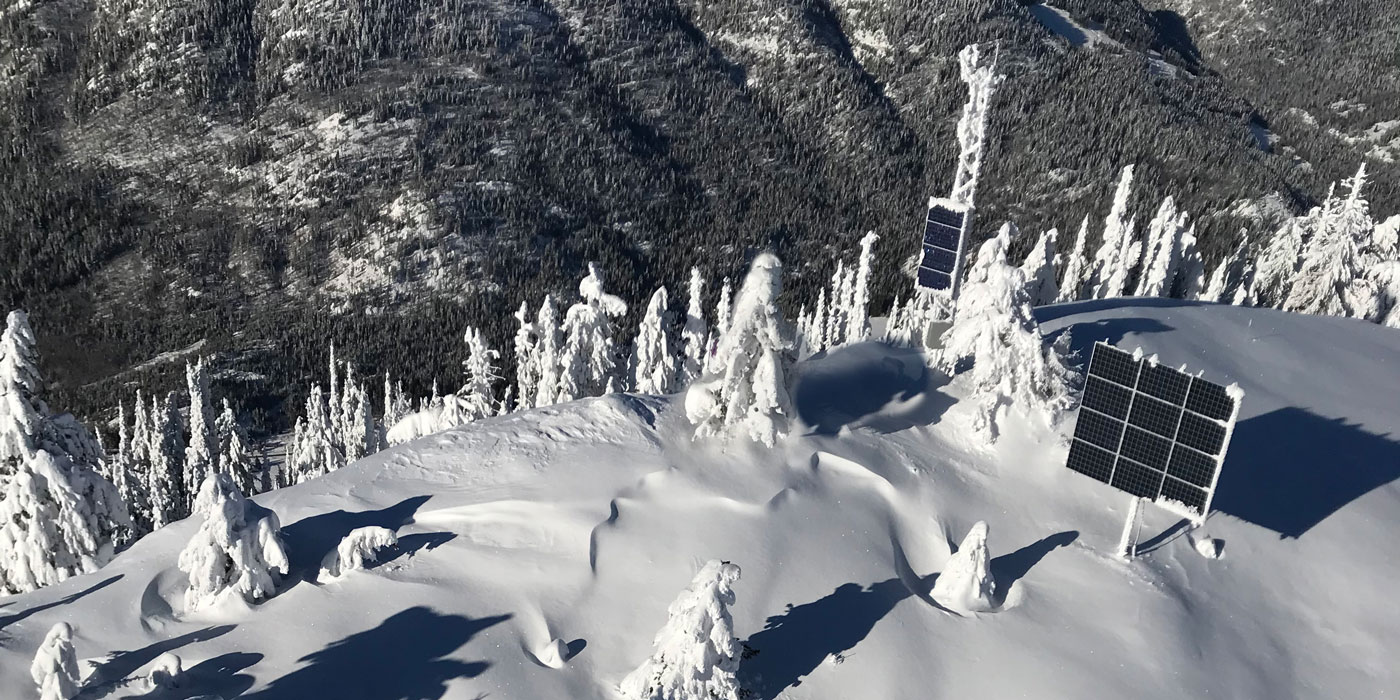
Locations With Extreme Environments and Weather
During the design process, solar mounts are engineered for site specifics that include wind and snow loads for the location. Environmental and weather data is used to determine duty classifications that are suitable to resist the elements. Minimal ground clearance will also account for likely snow accumulation. Apart from the mount’s structure, the ability to quickly change the position of the array makes it possible to alter the mount’s tilt to mitigate damage due to hail, high winds, and other extreme weather effects.
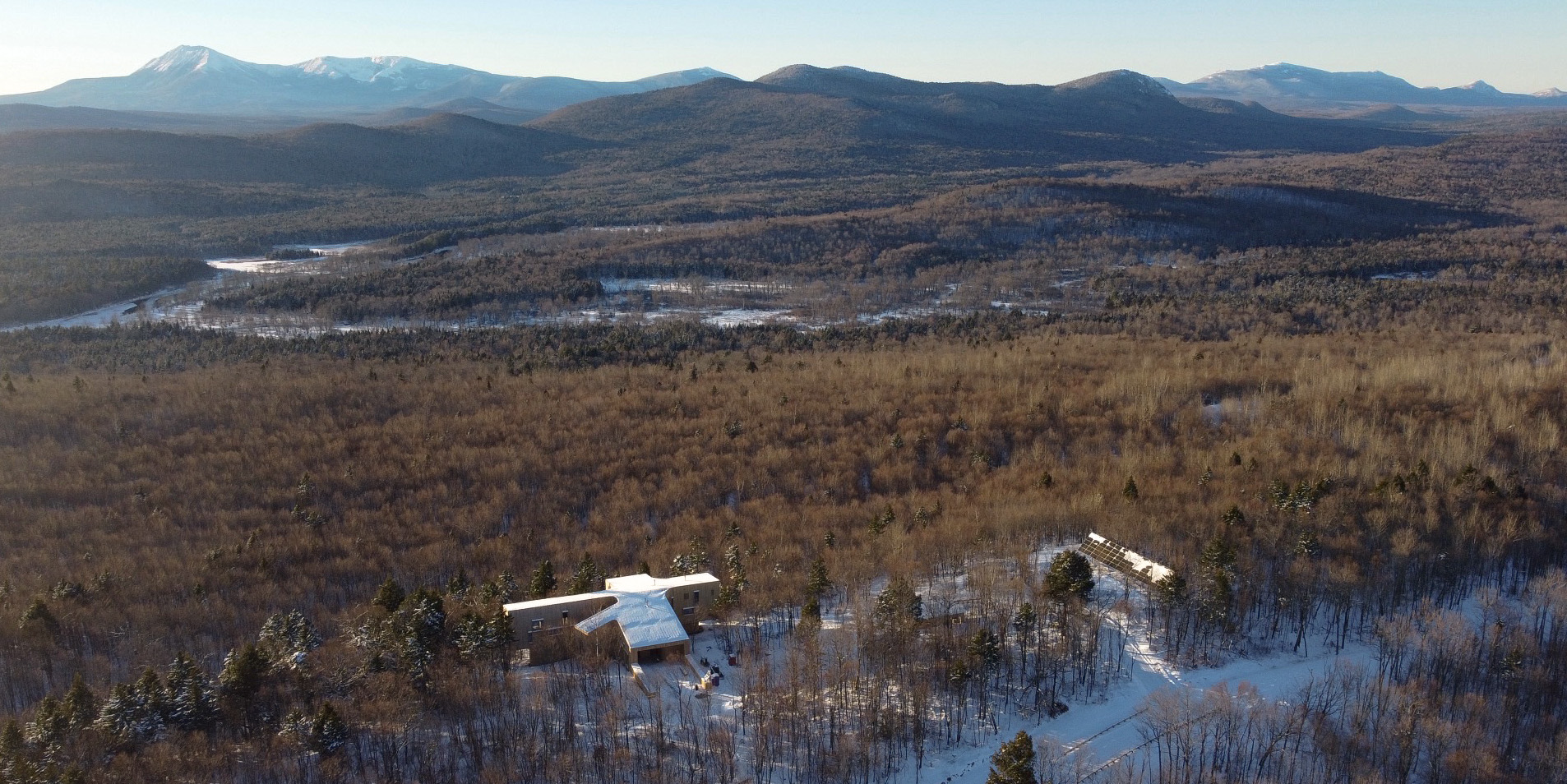
Natural Sanctuaries, Wildlife Refuges, and Conservation Spaces
Pole-mounted solar does not require long-term ground modification, use of herbicides, or other measures to prevent natural vegetation from affecting the arrays. As a result, solar mounts can be safely installed and maintained in nature sanctuaries, land devoted to pollinators, and wildlife conservation spaces. High ground clearance and a pole-based foundation make it possible to introduce sustainable power resources without significantly impacting or modifying the native environment.
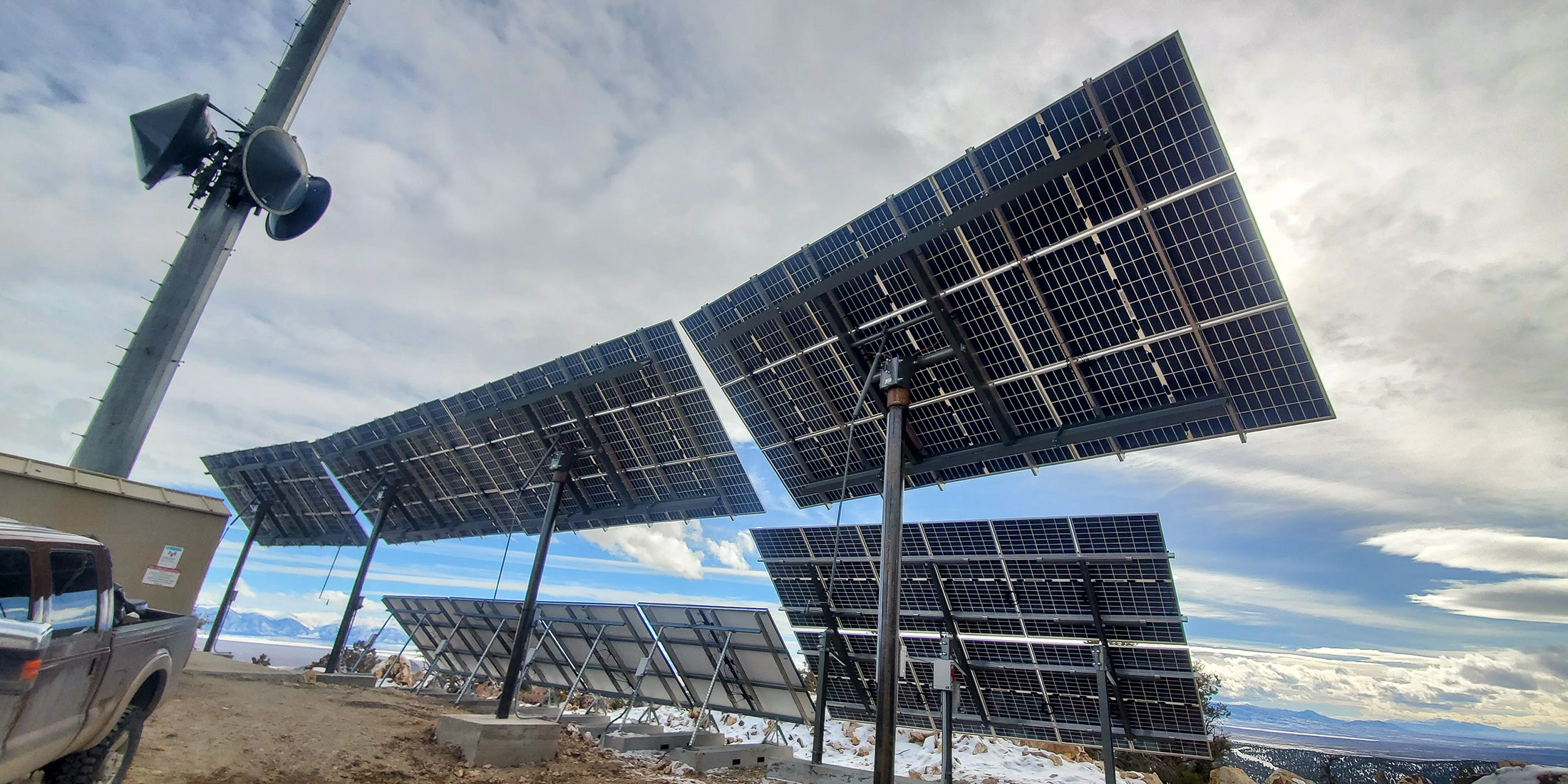
Remote Telecommunications Towers and Utility Facilities
The high-endurance, low-maintenance features of our mounts make them an excellent solution for supplying power to telecommunications towers and utility facilities in remote locations. Mount designs can be scaled to all energy demands and catered to site specifics. The straightforward assembly and installation process suits project efficiency.

